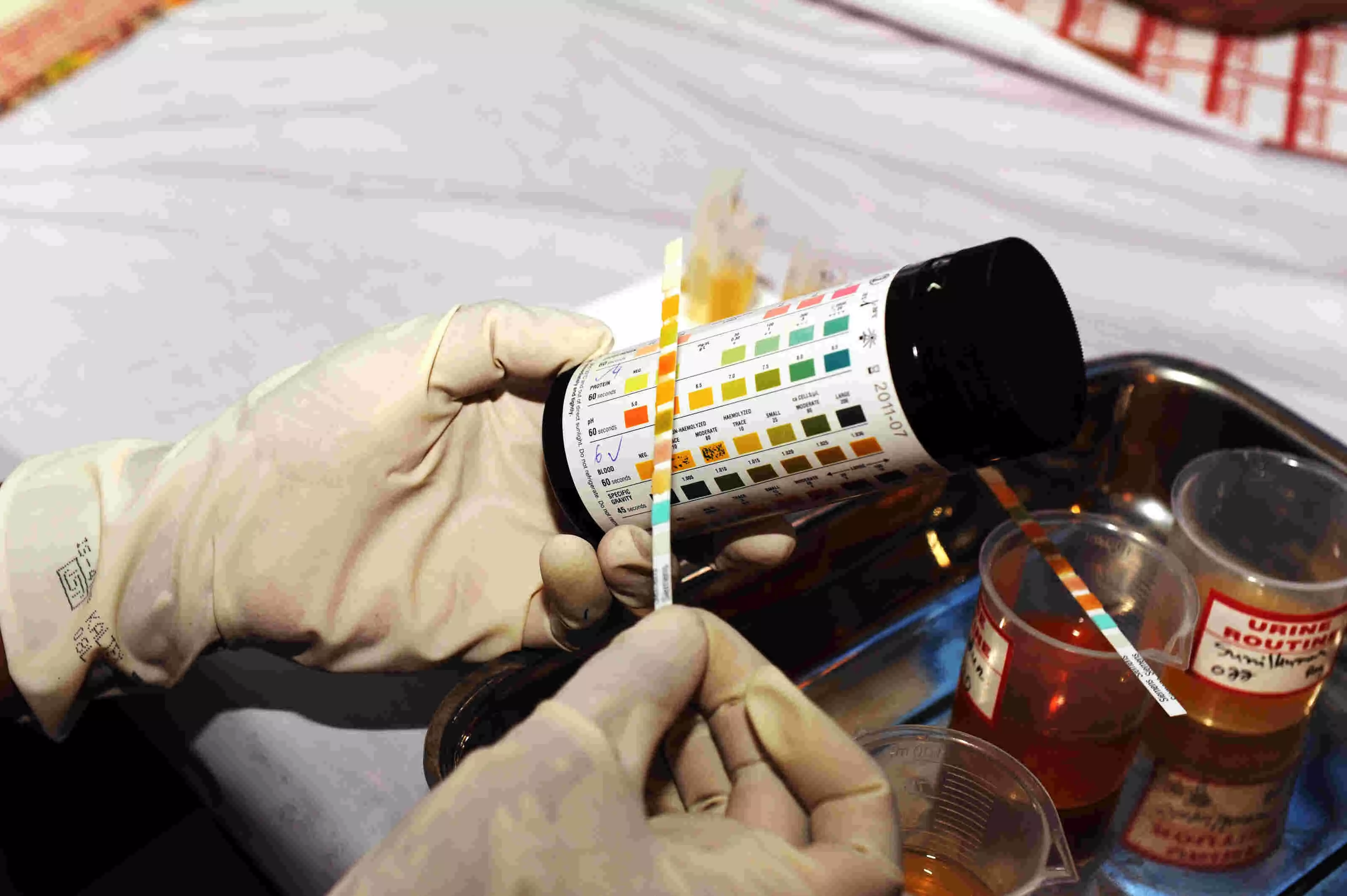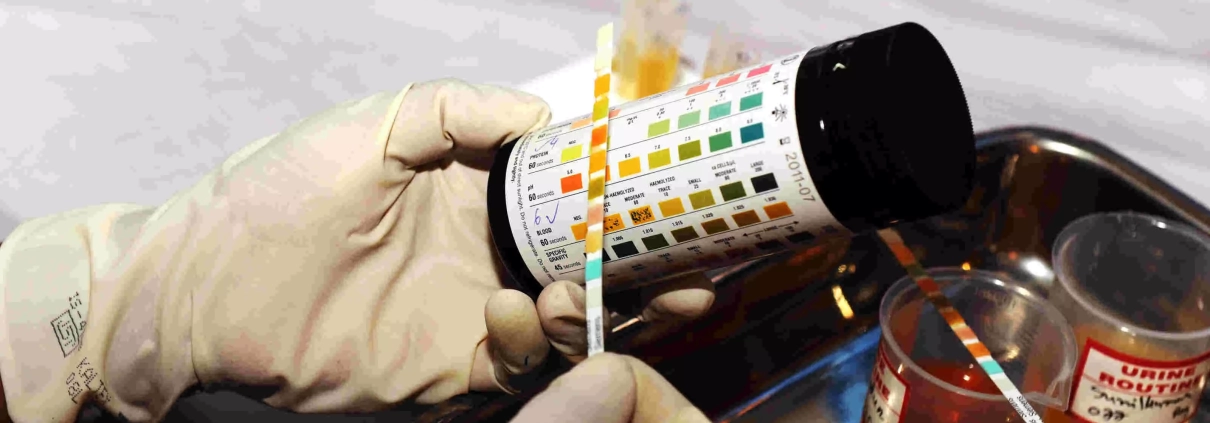Cost effectiveness of home based albuminuria screening may help cut kidney and CV events

Cost-effectiveness of home-based albuminuria screening may help cut kidney and CV events suggests a new study published in the Lancet.
Chronic kidney disease (CKD) is often detected late, leading to substantial health loss and high treatment costs. Screening the general population for albuminuria identifies individuals at high risk of kidney events and cardiovascular disease (CVD) who may benefit from early start of preventive interventions. Previous studies on the cost-effectiveness of albuminuria population screening were inconclusive, but were based on survey or cohort data rather than an implementation study, modelled screening as performed by general practitioners rather than home-based screening, and often included only benefits with respect to kidney events. We evaluated the cost-effectiveness of home-based general population screening for increased albuminuria based on real-world data obtained from a prospective implementation study taking into account prevention of CKD as well as CVD events. They developed an individual-level simulation model to compare home-based screening using a urine collection device with usual care (no home-based screening) in individuals of the general population aged 45–80, based on the THOMAS study (Towards HOMe-based Albuminuria Screening). Cost-effectiveness was assessed from the Dutch healthcare perspective with a lifetime horizon. The costs of the screening process and benefits of preventing CKD progression (dialysis and kidney transplantation) and CVD events (non-fatal myocardial infarction, non-fatal stroke, fatal CVD event) were reflected. Albuminuria detection led to treatment of identified risk factors. The model subsequently simulated CKD progression, the occurrence of CVD events, and death. The risks of experiencing CVD events were calculated using the SCORE2 CKD risk prediction model and individual-level data from the THOMAS study. Relative treatment effectiveness, quality of life scores, resource use, and cost inputs were obtained from literature. Model outcomes were the number of CKD and CVD-related events, total costs, quality-adjusted life years (QALYs), and the incremental cost-effectiveness ratio (ICER) per QALY gained by screening versus usual care. All results were obtained through probabilistic analysis. Findings: The absolute difference between screening versus usual care in lifetime probability of dialysis, kidney transplantation, non-fatal myocardial infarction, non-fatal stroke, and fatal CVD events were 0.2%, 0.05%, 0.6%, 0.6%, and 0.2%, respectively. This led to relative decreases compared to usual care in lifetime incidence of these events of 10.7%, 11.1%, 5.1%, 4.1%, and 1.6%, respectively. The incremental costs and QALYs of screening were €1607 and 0.17 QALY, respectively, which led to a corresponding ICER of €9225/QALY. The probability of screening being cost-effective for the Dutch willingness-to-pay threshold for preventive population screening of €20,000/QALY was 95.0%. Implementing the screening in the subgroup of 45–64 years old reduced the ICER (€7946/QALY), whereas implementing screening in the subgroup of 65–80 years old increased the ICER (€10,310/QALY). A scenario analysis assuming treatment optimization in all individuals with newly diagnosed risk factors or known risk factors not within target range reduced the ICER to €7083/QALY, resulting from the incremental costs and QALY gain of €2145 and 0.30, respectively. Home-based screening for increased albuminuria to prevent CVD and CKD events is likely cost-effective. More health benefits can be obtained by screening younger individuals and better optimization of care in individuals identified with newly diagnosed or known risk factors outside target range.
Pouwels XGLV, van Mil D, Kieneker LM, et al. Cost-effectiveness of home-based screening of the general population for albuminuria to prevent progression of cardiovascular and kidney disease. The Lancet. https://doi.org/10.1016/j.eclinm.2023.102414
Keywords:
Cost effectiveness, home based, albuminuria screening, kidney, CV events, lancet, Pouwels XGLV, van Mil D, Kieneker LM



